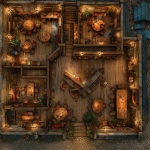Explore the Best AI Image Gallery
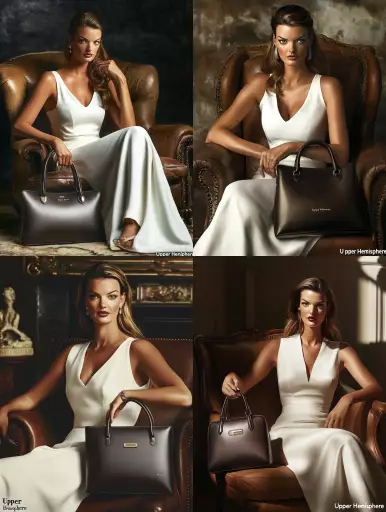
Pixels on Skin: How AI Image Creation is Redefining Creativity
The digital world has always been a playground for creativity, but recent advancements in artificial intelligence (AI) have taken this realm to unprecedented heights. AI image creation tools, capable of generating stunning visuals from simple text prompts or sketches, are rapidly changing the landscape of art, design, and beyond.
These tools empower individuals with limited artistic skills to bring their imaginative concepts to life. They offer a democratization of creativity, allowing anyone to explore their artistic potential and contribute to the visual narrative of our time.
A New Creative Canvas: Unleashing Artistic Potential
For artists, AI image creation tools serve as powerful collaborators, extending their creative boundaries and offering new avenues for exploration. Imagine a painter who can instantly visualize different color palettes or compositions, or a sculptor who can experiment with intricate 3D models generated by AI. These tools act as virtual assistants, accelerating the creative process and freeing artists to focus on refining their vision.
Beyond traditional art forms, AI image creation is transforming industries such as advertising, marketing, and game development. Businesses can now generate custom visuals for campaigns, personalize marketing materials, or create immersive environments for games with unprecedented speed and efficiency.
Navigating the Ethical Landscape: Considerations for Responsible Innovation
While the potential of AI image creation is immense, it also raises ethical considerations that demand careful attention. One key concern is the issue of copyright and ownership. When an AI generates an image, who owns the rights to that creation? Is it the user who provided the prompt, the developer of the AI tool, or the AI itself?
Another crucial aspect is the potential for misuse. AI-generated images can be manipulated to create deepfakes or spread misinformation. It is essential to develop safeguards and ethical guidelines to prevent the malicious use of these technologies.
Shaping the Future: Trends and Predictions
The field of AI image creation is constantly evolving, with new advancements emerging at a rapid pace. We can expect to see:
- Increased accessibility: AI image creation tools will become more user-friendly and accessible to individuals with varying levels of technical expertise.
- Enhanced realism: AI models will continue to improve, generating images with even greater realism and detail.
- Personalized experiences: AI will enable the creation of highly personalized visuals tailored to individual preferences and needs.
- Integration with other technologies: AI image creation will be seamlessly integrated with augmented reality (AR), virtual reality (VR), and other emerging technologies, creating immersive and interactive experiences.
As AI continues to reshape the creative landscape, it is crucial for artists, developers, policymakers, and the general public to engage in thoughtful discussions about its implications. By embracing responsible innovation and fostering ethical practices, we can harness the transformative power of AI image creation to unlock new possibilities for artistic expression and human creativity.
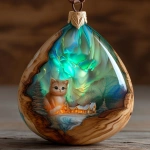
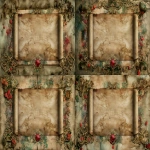
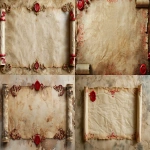
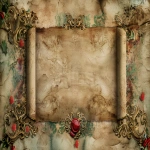
](https://images.ai-img.art/thumbnails/150/7599c9e7507c77a975081d554947c9dea123e678a7ece42d30f571f639620598.webp)

](https://images.ai-img.art/thumbnails/150/efd8a9ad06ef2c72e3378698ad5e592d3d2bf8eff85c25e75db7c9902c7be353.webp)
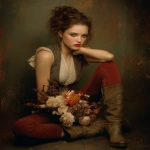
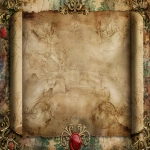
](https://images.ai-img.art/thumbnails/150/031692dcf8fbf869092e8cea50f9411a45dadc1f189ea67b8dece8e02952a7e3.webp)

